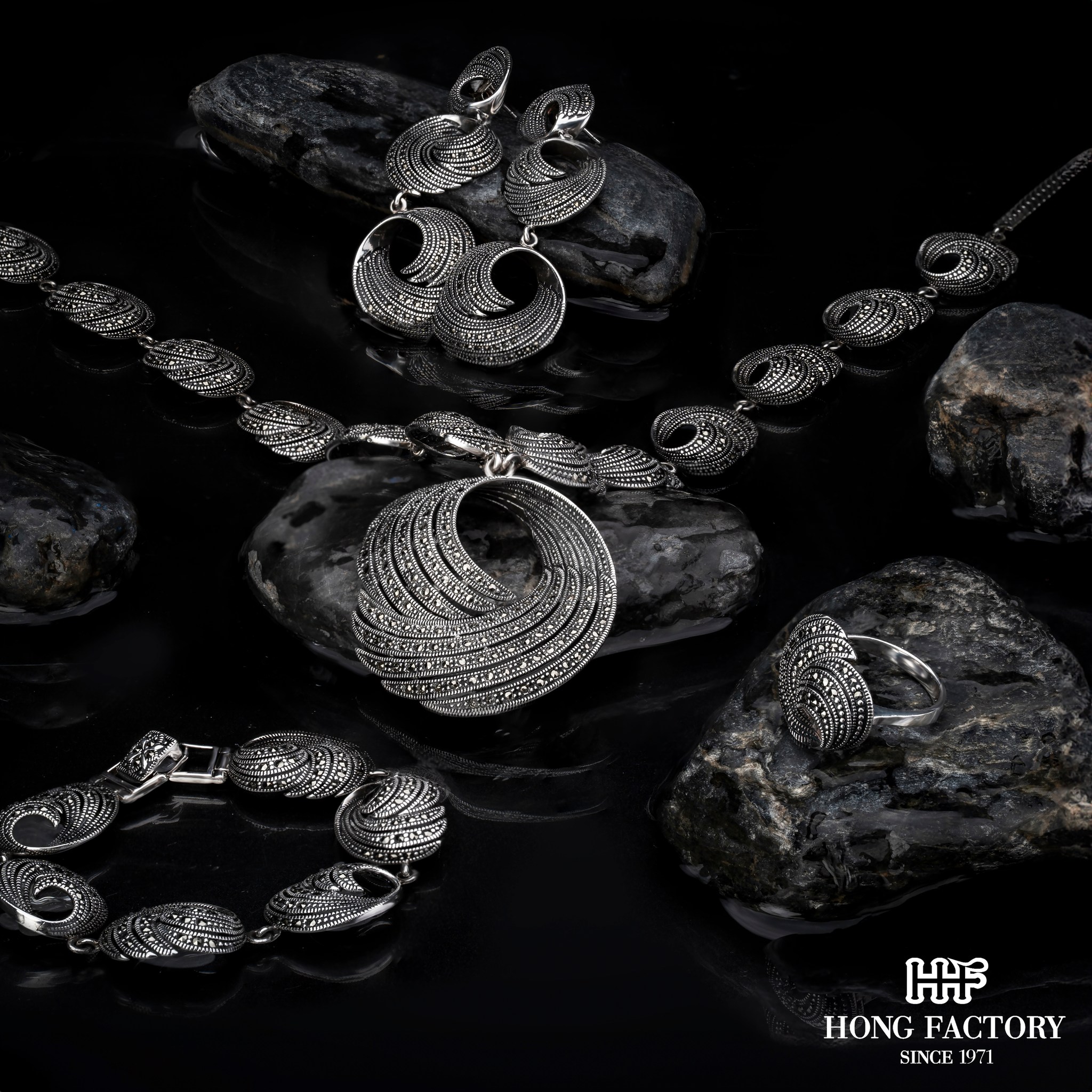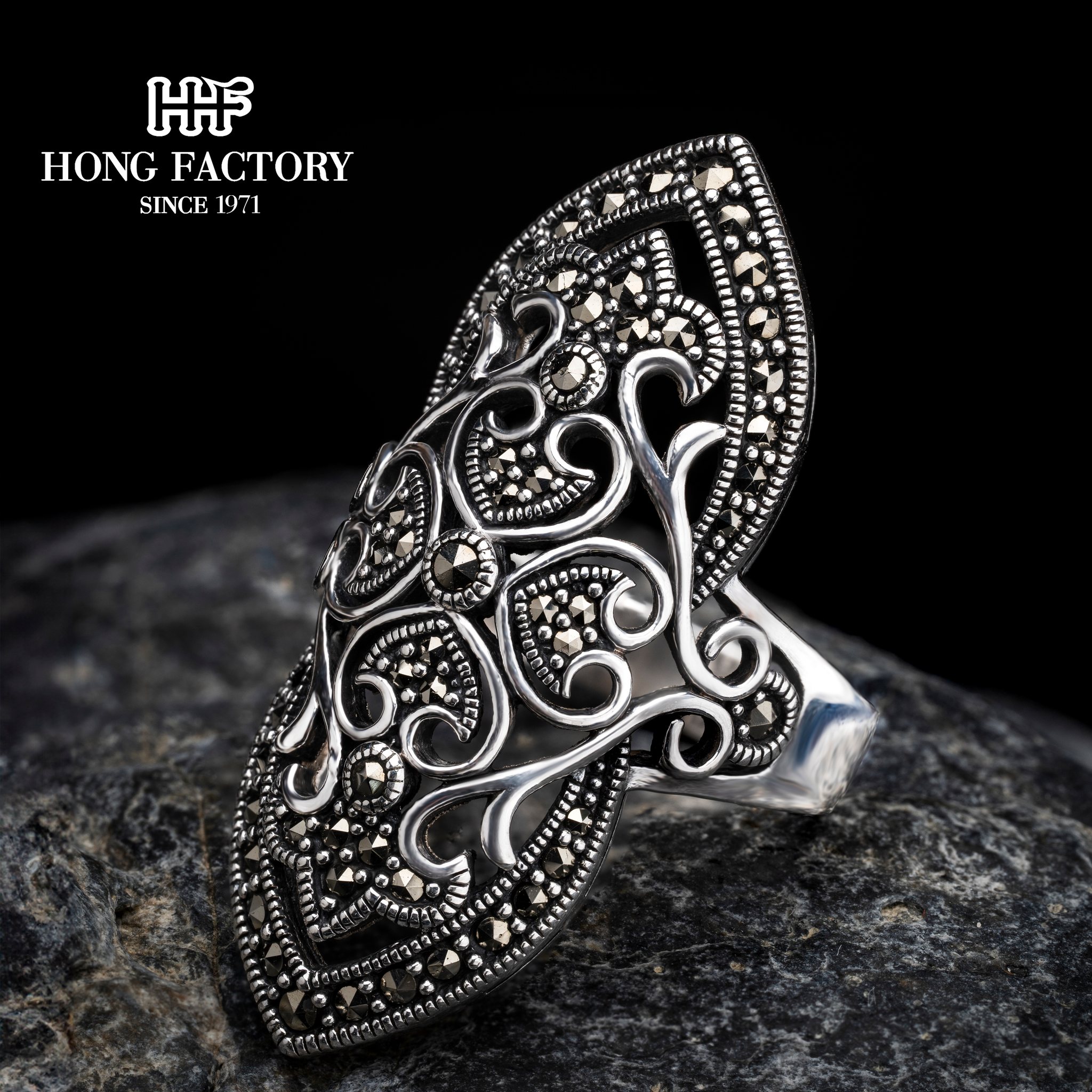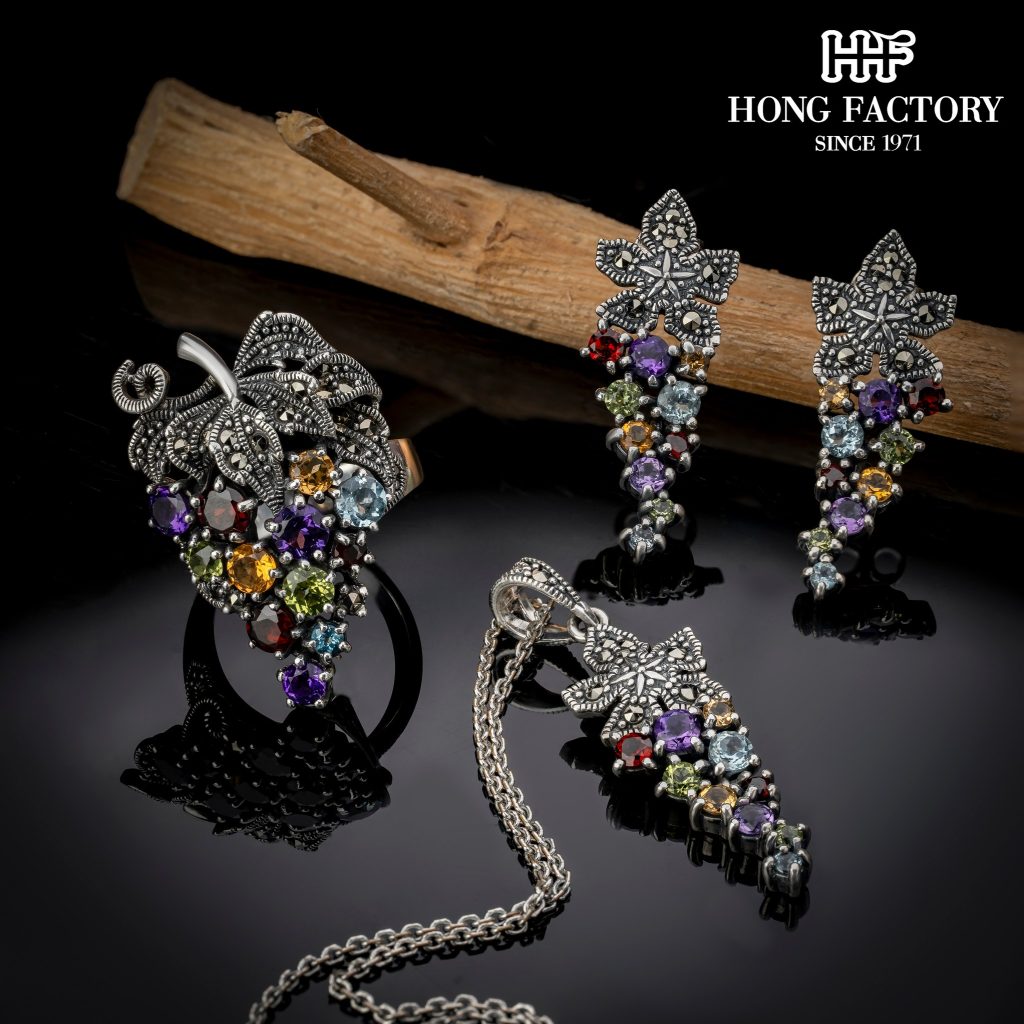Jewelry engraving is a centuries-old art form that has been used to add a personal touch to precious objects, from wedding rings to lockets and bracelets. Engraving is the process of etching a design or inscription onto the surface of a metal piece, often using a sharp tool or laser.
Engraving can be used to add decorative elements, such as floral patterns or scrollwork, or to engrave a special message or date. It can also be used to add texture or create contrast, making the piece more visually appealing. Engraving can be done on a variety of metals, including gold, silver, and platinum, and can be combined with other techniques, such as gem setting or enameling.
If you’re interested in jewelry engraving, this guide will provide you with everything you need to know to get started.
The History of Jewelry Engraving
Jewelry engraving has been around for thousands of years, with evidence of engraved jewelry dating back to ancient civilizations such as Egypt and Greece. The art of jewelry engraving reached new heights during the Renaissance, when artists like Benvenuto Cellini and Albrecht Dürer produced exquisite works of engraved gold and silver.
Engraving continued to be a popular art form throughout the 18th and 19th centuries, with jewelers like Fabergé and Tiffany & Co. creating intricate engraved pieces for royalty and the wealthy.
Today, jewelry engraving remains a popular technique among jewelry designers and enthusiasts, with a range of modern tools and techniques available to create unique and personalized pieces.

Jewelry Engraving Techniques
There are several techniques that can be used to engrave jewelry, each with its own advantages and challenges.
Hand Engraving
Hand engraving is the oldest and most traditional method of jewelry engraving, and involves using a sharpened tool called a burin to carve the design directly into the metal. This technique allows for greater precision and control, and can produce very fine details and shading.
However, hand engraving requires a great deal of skill and patience, and can be time-consuming and expensive. It’s also more difficult to achieve consistent results with hand engraving, as the artist’s hand may tire or slip over time.
Machine Engraving
Machine engraving, also known as pantograph engraving, involves using a machine to trace a design onto the metal using a stylus. This technique is faster and more consistent than hand engraving, and is often used for larger or simpler designs.
However, machine engraving can be less precise than hand engraving, and may not be suitable for very fine or detailed designs. It’s also more difficult to make changes or corrections once the engraving has been done.
Laser Engraving
Laser engraving is a modern technique that uses a laser beam to etch a design onto the metal. This technique is fast, precise, and can produce very fine details and complex designs.
Laser engraving is also more versatile than hand or machine engraving, as it can be used on a wide range of materials, including plastics, wood, and glass. However, it can be expensive and may not be suitable for all types of jewelry or designs.
Tips for Jewelry Engraving
Whether you’re a professional jeweler or a hobbyist, there are a few tips to keep in mind when engraving jewelry.
Choose the Right Tool
Choosing the right tool for your engraving project is essential for achieving the desired results. Hand engraving requires a set of specialized tools, including a burin and a graver, while machine engraving and laser engraving require specific machines and software.
Before starting your project, make sure you have the necessary tools and equipment, and that you’re familiar with how to use them.
Practice, Practice, Practice
Engraving is a skill that requires practice and patience. Whether you’re a beginner or an experienced engraver, it’s always a good idea to practice on scrap metal or practice pieces before working on your final piece.
Start with simple designs and gradually work your way up to more complex ones. Don’t be discouraged if your early attempts don’t turn out perfectly – engraving takes time and practice to master.
Choose the Right Font
When engraving a message or inscription, choosing the right font is important for achieving the desired effect. Fonts can vary in size, style, and complexity, and some may be more suitable for certain types of jewelry than others.
Consider the size and shape of the piece, as well as the message or inscription you want to engrave, when choosing a font. Sans-serif fonts are often used for modern and minimalist designs, while serif fonts are more traditional and elegant.
Consider the Metal
Different metals can have different properties that can affect the engraving process. Harder metals, such as platinum and titanium, may require more force and a sharper tool to engrave, while softer metals, such as gold and silver, may be easier to engrave but more prone to damage.
Before starting your engraving project, consider the type of metal you’re working with and adjust your technique and tools accordingly.
Get Creative
Engraving doesn’t have to be limited to traditional designs or messages. Consider using engraving to add a unique and creative touch to your jewelry, such as a personal symbol or image.
Experiment with different textures and patterns, such as hammered or stippled effects, to add depth and visual interest to your pieces.

FAQs about Jewelry Engraving
Q: Can any type of jewelry be engraved?
A: Jewelry engraving can be done on a variety of metals and jewelry types, including rings, bracelets, lockets, and pendants. However, some types of jewelry may be more difficult or risky to engrave than others, such as very thin or fragile pieces.
Q: Can I engrave a message in a language other than English?
A: Yes, jewelry can be engraved with messages in a wide range of languages and scripts. However, make sure to provide the correct spelling and formatting of the text to avoid errors.
Q: Can I engrave a photo or image onto jewelry?
A: Laser engraving can be used to etch a photo or image onto some types of jewelry, such as lockets or pendants. However, this technique requires specialized equipment and software and may be more expensive than traditional engraving techniques.
Q: Can I engrave a piece of jewelry that has already been set with gems?
A: Engraving can be done on jewelry that has already been set with gems, but extra care must be taken to avoid damaging the gems or the setting. It’s best to consult with a professional jeweler before engraving a piece of jewelry that has already been set.
Conclusion
Jewelry engraving is a timeless art form that can add a personal touch and unique flair to any piece of jewelry. Whether you’re a professional jeweler or a hobbyist, learning about the different engraving techniques and tips can help you create beautiful and memorable pieces.
Remember to choose the right tool for the job, practice your technique, ring size chart and consider the metal and font you’re working with. Don’t be afraid to get creative and experiment with different designs and textures.
By following these tips and techniques, you can take your jewelry engraving to the next level and create unique and personalized pieces that will be treasured for years to come.
This entry was posted in Jewelry Blog and tagged 925 rings wholesale, silver 925, wholesale.
